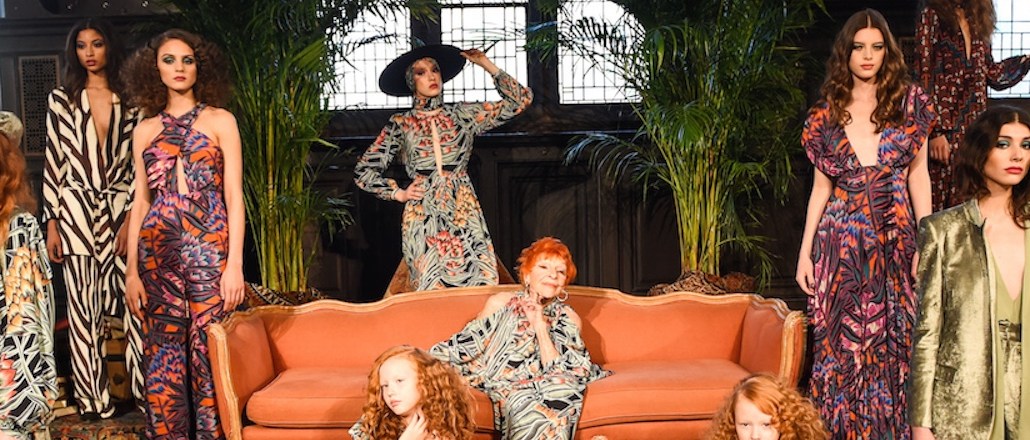
The name “pre-fall” doesn’t accurately describe the current fashion season that began at the end of November and lasts throughout January. It’s really a non-season season: Designers put out collections featuring a mix of warm and cold weather wears, items that can sit on department store floors and in online retailer lineups for a few months without being marked down by discounts. The collections are money makers, too, padding out the spring collections with core wardrobe items that customers often flock to.
While still a commercially viable season, pre-fall is facing changes along with every season in the fashion calendar. And the nature of the far-flung show season — it’s geographically diverse, with looser time restrictions over nearly two months — has made it a blank slate for brands to experiment with how, and where, they debut new items.
To read the rest of this story, please visit Glossy.
More in Marketing

In the marketing world, anime is following in the footsteps of gaming
As marketers look to take advantage of anime’s entry into the zeitgeist, they might be wise to observe the parallels between the evolution of anime as a marketing channel and the ways brands have learned to better leverage gaming in recent years.

With the introduction of video ads and e-commerce, Roblox looks to attain platform status
Roblox is expanding into more areas than just ads in 2024. Much like platforms such as Amazon and Facebook have transcended their origins to evolve from their origins as online marketplaces and social media channels, Roblox is in the midst of a transformation into a platform for all elements of users’ virtual lives.

PepsiCo wants to remain a ‘driver of culture’ as it turns to influencers and activations amid rebrand
The soda-maker says it can translate cultural relevance into sales volume.
Ad position: web_bfu



